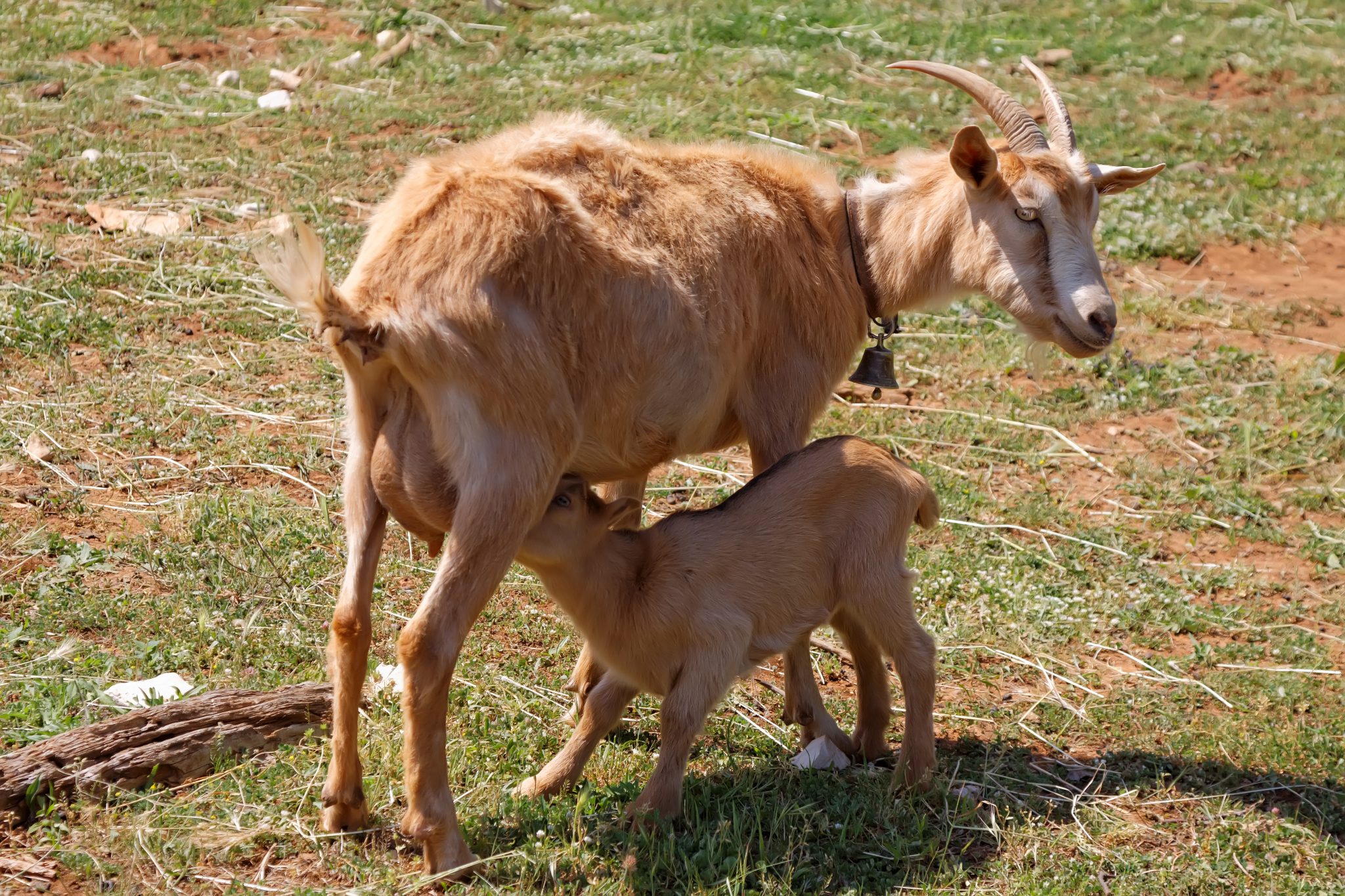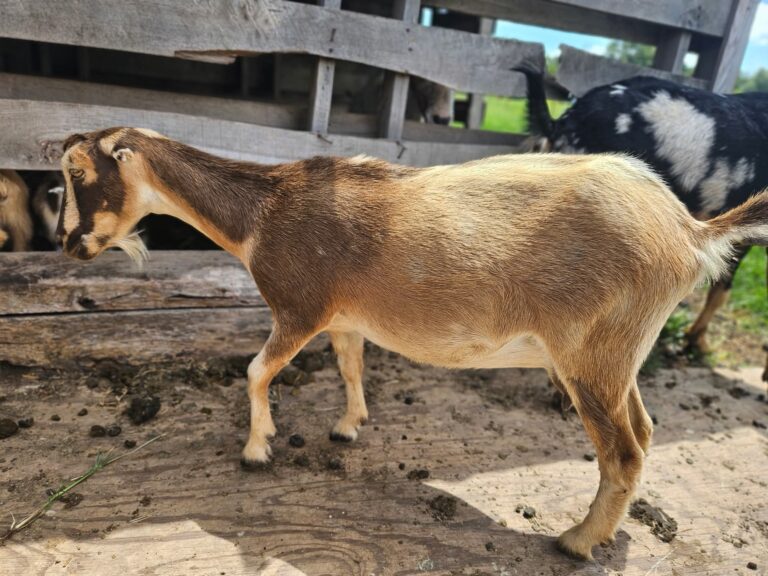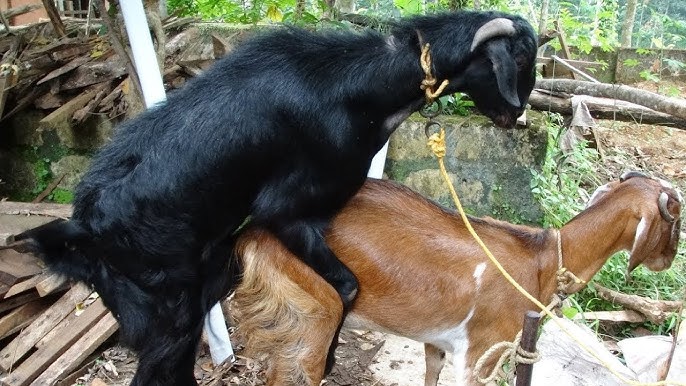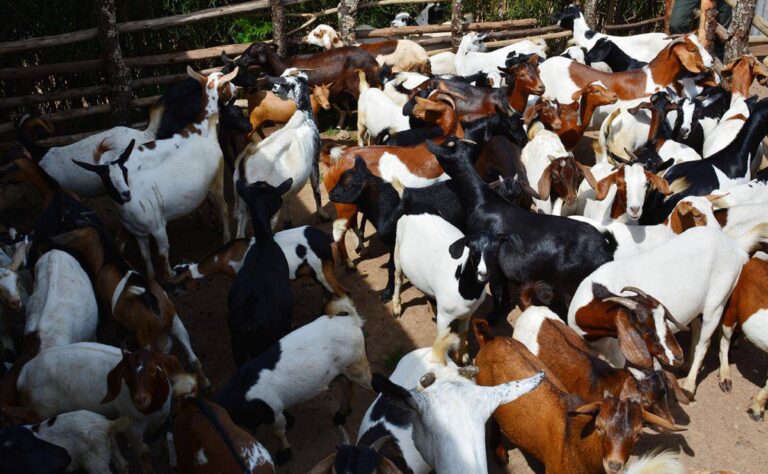Weaning is one of the most pivotal moments in a goat kid’s early life.
Done correctly, it sets the stage for strong growth, better immunity, and lower stress for both kids and does.
But if rushed or poorly timed, it can cause setbacks like weight loss, digestive issues, or behavioural stress.
Whether you’re bottle-feeding or dam-raising, this guide explains the best practices for weaning goat kids safely, with a focus on nutrition, timing, stress reduction, and post-weaning care.
What Is Weaning in Goats?
Weaning is the process of gradually transitioning a kid from milk (either from the doe or bottle) to a fully solid diet of forage, grain, and clean water.
It marks the beginning of nutritional independence and typically occurs between 8 to 12 weeks of age, depending on the management system, breed, and health of the kid.
There are two main types of weaning:
- Natural weaning (the doe slowly reduces milk as the kid matures)
- Managed or artificial weaning (farmer controls the timing and process, especially in bottle-fed or commercial setups)
When Is a Kid Ready to Be Weaned?
Rather than relying on age alone, observe the following readiness signs before initiating weaning:
- The kid is at least 8 weeks old (some dairy farms go as early as 6 weeks, but only with excellent nutrition)
- The kid consumes adequate solid feed daily (at least 250g of grain/concentrates)
- It is eating hay and drinking water regularly
- The kid has doubled its birth weight (typically 18–25 lbs minimum)
- Signs of strong activity, clean eyes, and a firm coat are present
Kids weaned too early are at greater risk for stress-induced diarrhea, coccidiosis, and stunted growth.
Gradual Weaning
The safest and most effective weaning approach is gradual reduction of milk over 1–2 weeks. This method allows the rumen to adapt fully to solid feeds and reduces emotional stress.
For bottle-fed kids:
- Begin cutting back one daily feeding at a time
- Encourage more time with hay and grain
- Avoid abrupt milk withdrawal unless medically necessary
For dam-raised kids:
- Begin separating them from the does for short periods during the day
- Extend separation gradually until full removal
- Ensure they are comfortable eating independently before permanent weaning
Nutritional Support During Weaning
Rumen development depends on early access to roughage (like hay) and grain-based concentrates. To wean successfully:
- Provide clean, palatable hay (alfalfa or grass mixes) from the second week of life
- Introduce creep feed or kid starter grain from 2–3 weeks old
- Ensure feed is fresh, mold-free, and easily accessible in shallow pans
- Continue offering free-choice clean water and loose minerals throughout
Kids should never be weaned without already showing strong feed intake, as their developing digestive system needs support from solid nutrients.
Managing Stress During Weaning
Weaning can cause social and nutritional stress, especially if multiple changes happen at once (like moving pens, vaccinations, or deworming). To minimise stress:
- Avoid weaning during extreme weather, disease outbreaks, or right after transportation
- Keep kids in familiar pens or housing during the transition
- Avoid combining weaning with major health procedures like disbudding or vaccinations
- Consider weaning in pairs or groups to reduce separation anxiety
- Monitor daily for signs of depression, diarrhea, reduced appetite, or lethargy
A calm, steady weaning period ensures kids adapt faster and continue growing without setbacks.
Post-Weaning Care and Monitoring
The weeks immediately following weaning are crucial for monitoring kid health and growth. Focus on:
- Daily observation: Watch for signs of coccidiosis (bloody diarrhea, dull coat), which often appears in newly weaned kids
- Gradual changes: Don’t rush into major diet changes; keep feeding consistent
- Growth tracking: Weigh kids weekly if possible, and note feed intake
- Vaccinations and deworming: These can begin 1–2 weeks post-weaning when kids are less stressed
If signs of illness or stress appear, act quickly to prevent long-term issues.
Common Weaning Mistakes to Avoid
- Weaning too early: Kids under 6 weeks often lack proper rumen function
- Sudden milk removal: This can lead to weight loss and digestive upset
- Inadequate solid feed exposure before weaning
- Ignoring water intake: Dehydration slows digestion and growth
- Weaning during other stressful events: Such as dehorning, heat, or relocation
Avoiding these mistakes ensures a smoother, safer weaning period with fewer health setbacks.
Wrapping Up
Weaning prepares kids to thrive on their own. With careful timing, gradual changes, and solid post-weaning care, you’ll raise goats that are healthier, more resilient, and better adapted for future productivity.
Patience during weaning pays off in the long run. Let your kids step into their next stage of life strong, stress-free, and ready to grow.
Related:




